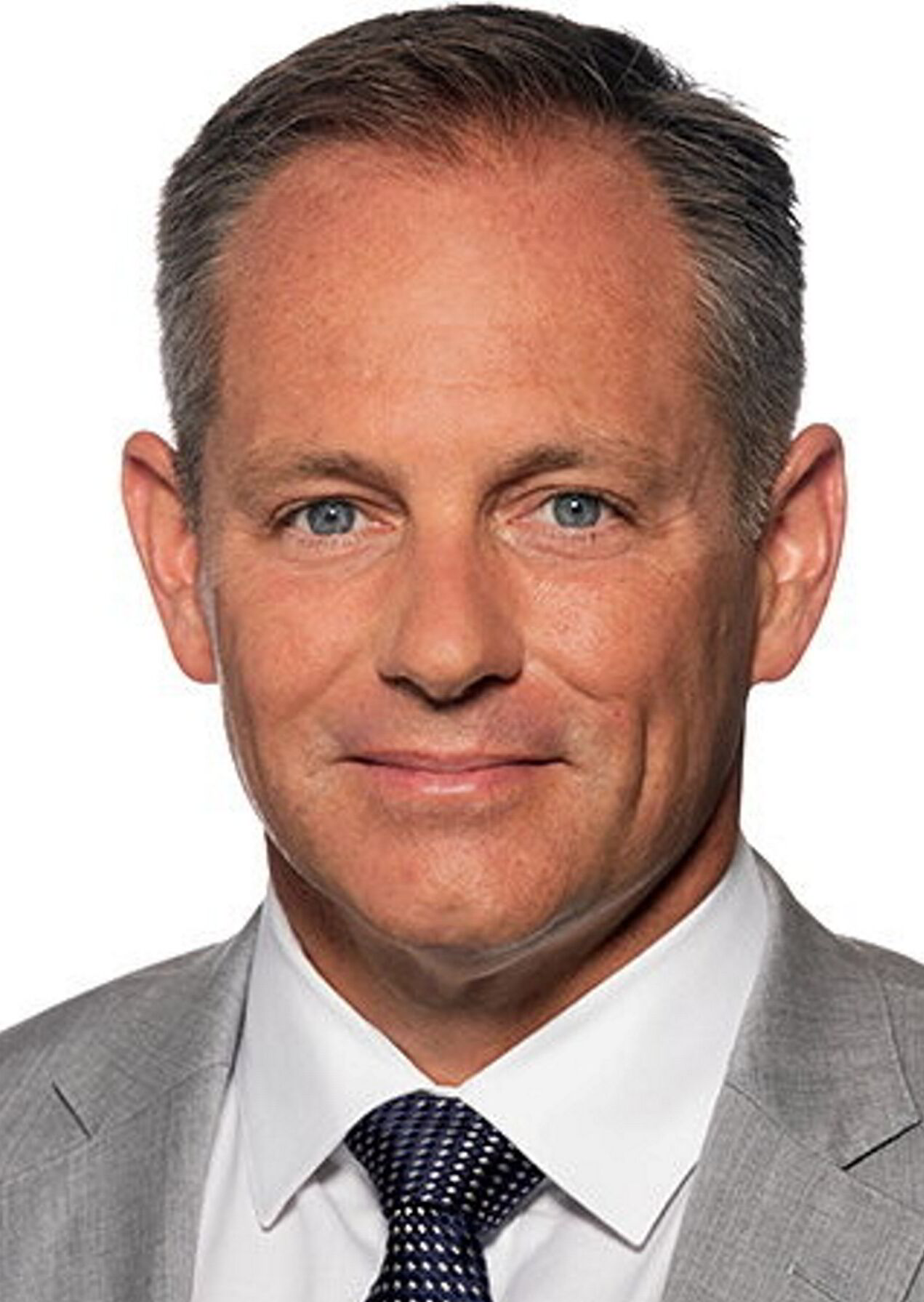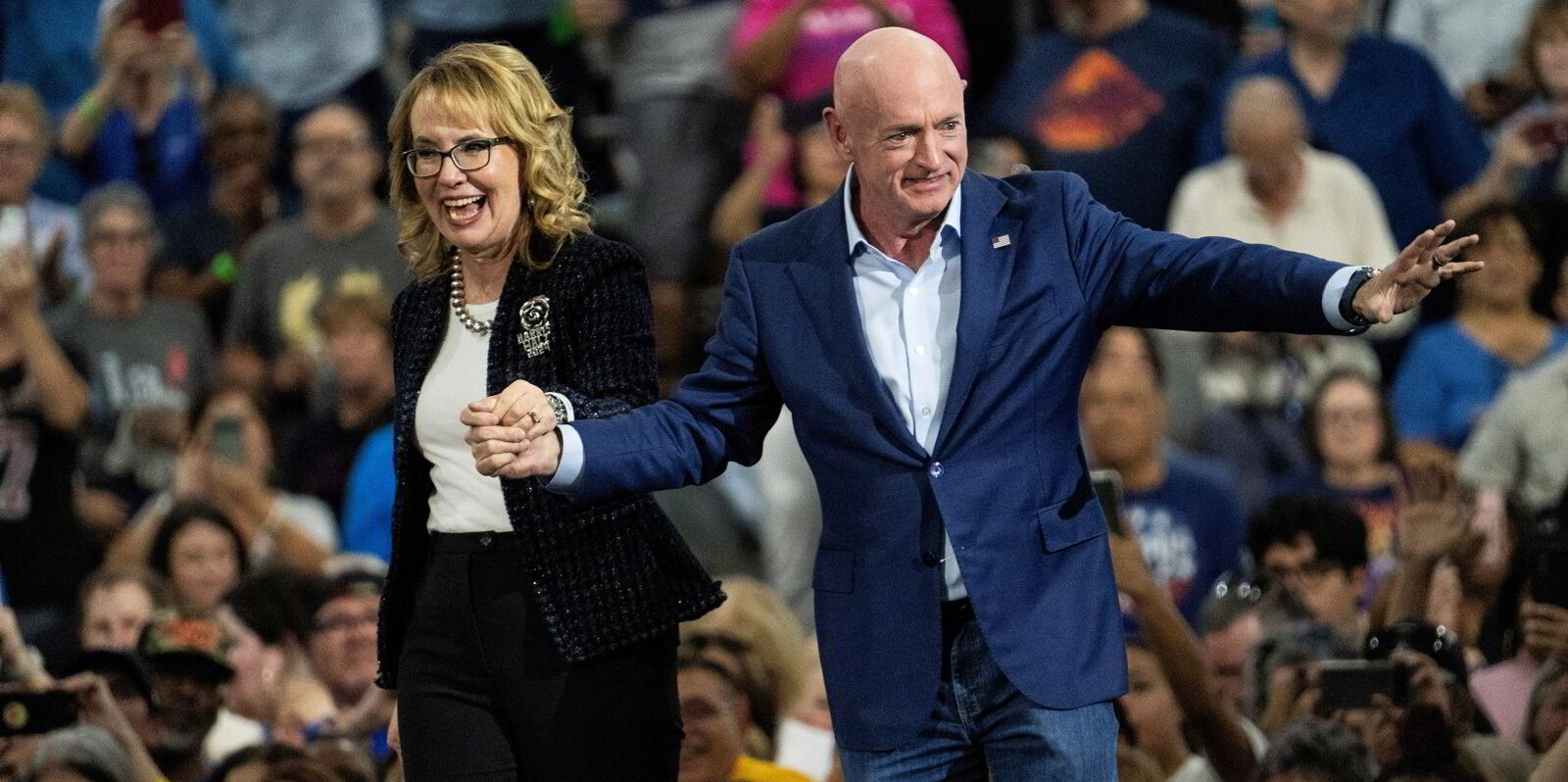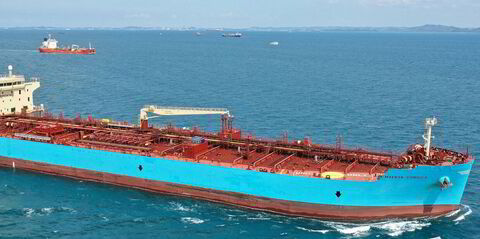Will the return of Donald Trump to the White House usher in a maritime revolution in which the US stands up to China’s dominance?
Or will proposals to revitalise US shipping and shipbuilding fizzle, having gained momentum over the past year, as new priorities take precedence in Washington?
Brent Sadler, a leading maritime policy expert and senior research fellow at the Trump-aligned think tank Heritage Foundation, is “guardedly optimistic” that Washington’s focus on a maritime revival will continue.
And Admiral Mark “Buz” Buzby, who was US maritime administrator during the first Trump term, is “hopeful” but warned that momentum depends on Congress and the makeup of the president-elect’s team.
Although some shipping experts have suggested that Sadler could be a candidate to play a role in the next administration or in helping identify who will, he said he had no knowledge of Trump’s thinking on maritime policy or who will be on his team.
But he said the election would not change the bipartisan consensus that has identified maritime as an industrial sector that is strategically important and must be revitalised.
“I think the consensus at the popular level — and it’s reflected in the political level in both parties — is that we have a national problem,” he said, citing everything from the Suez Canal blockage in 2021 to Houthi attacks on shipping to the pandemic-era supply chain crisis.
“What I see here in Capitol Hill is there’s going to be a continued consensus, a continued focus on revitalising this strategically important maritime industry.”
Congressional leadership
Efforts in Congress include the Ships for America Act proposed by Democratic senator Mark Kelly and Republican representative Michael Waltz putting forward a host of efforts to boost American shipbuilding and US-flag shipping.
For his part, Sadler has called for a “revolution in shipping” to regain US maritime competitiveness after three decades of decline that presents national and economic security vulnerabilities posed by China’s dominance in the industry.

In a 2023 paper, he proposed creating a new national maritime strategy; establishing a defence department-led maritime innovation incubator; setting up an advanced training centre for mariners and an advanced degree programme for naval architects; creating new intermodal opportunity zones; and implementing policies to combat unfair Chinese practices.
Sadler, a veteran of the US Navy, also told TradeWinds he would like to put the government’s disparate maritime agencies under one roof.
He said he is optimistic because the US has recognised it has a problem, key stakeholders are now less resistant to change and the momentum is bipartisan.
But optimism was guarded due to the complex solutions required.
“For an engineer, simple, elegant solutions are what you look for — the fewest moving parts,” he said. “For this one, the fewest moving parts to be successful is still a lot of moving parts.”
‘Hopeful’ Buzby
For Buzby, who ran the navy’s Military Sealift Command shipping arm before Trump appointed him to run the US Maritime Administration (MARAD) in 2017, it is too early for optimism.

In addition to shipping’s visibility over the past year-and-a-half and the Kelly-Waltz legislation, he pointed to efforts by US Navy secretary Carlos Del Toro to highlight the need for US-flag merchant ships and mariners to support the military as another source of momentum for maritime revitalisation.
“It’ll be interesting to me to see how much of that survives,” Buzby said, noting that it will depend on whether shipping’s visibility continues across the branches of government and on who ends up in what posts in January when Congress is seated and Trump returns to power.
“My dear, sincere hope is that we’ve gotten past the knee of the curve, and there’s enough momentum to sustain it going forward into the next Congress, and we can continue pushing that forward.”
Buzby wants to see which major players land in key roles in the transportation and defence departments.
Will the new president, for example, choose another Elaine Chao? Trump’s former transportation secretary, who had previously served in MARAD and who is the daughter of shipowner James Chao, was a supporter of key maritime initiatives.
Moving MARAD?
But Buzby warned that proposals by Trump backers to move MARAD to another department of the government could make the job of leading the agency less appealing.
In fact, the proposal is not new. He recalled when, as a candidate for maritime administrator in 2017, Chao told him in the interview that she was not sure the job would exist — although she said she would fight for it.
There is talk that Waltz, a Trump supporter, could be appointed defence secretary, which Buzby said would be positive for the outcome of the Ships for America Act.
“If he gets over to defence, obviously he’s going to have a lot on his plate there, but the fact that he knows about it and has been intimately involved in its development is a good thing on the whole, as opposed to someone who knows nothing about it and doesn’t care about it,” he said.





